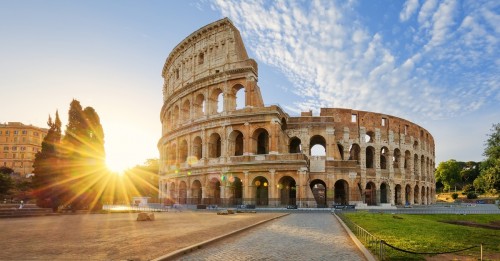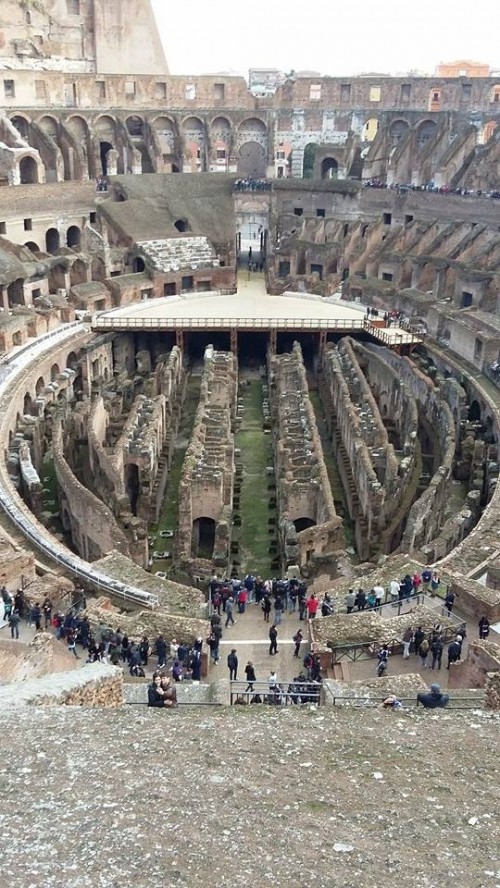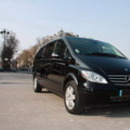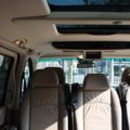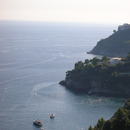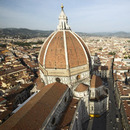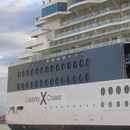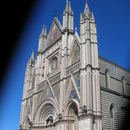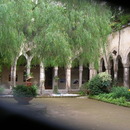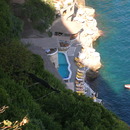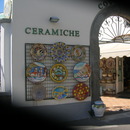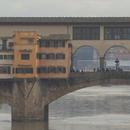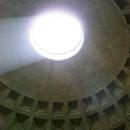THESE ARE JUST SOME MAIN OF THE MANY TOURS WE PROVIDE FROM
THE PORT OF CIVITAVECCHIA.
ROME AND THE VATICAN TOUR:
Suggested Tour:
Our driver, picking you up at 08.00 a.m. in front of the ship, will drive you to Rome (1.20 hr. drive).
Will stop at first at the Colosseum, where you can just walk around for pictures or a visit inside (avoiding line).
From the Colosseum will keep driving to the Circus Maximus (stop), Palatine Hill view (stop), then Capitoline Hill (stop) overlooking the Roman Forum, Venice Square with the "Wedding Cake", the Pantheon with a stop to visit it inside, the Trevi Fountain (stop) and the Spanish Steps driving by.
Time for lunch (not incld) and then will visit the Vatican (Vatican Museum with the Sistine Chapel) and St. Peter's Basilica. Possibility to hire a licensed guide to visit it with an extra cost.
At the end of the Vatican visit will drive you back to Civitavecchia Port where you will arrive around 05.00 p.m.
Rate per passenger :
Euro 300 rate per person (up to 2 people);
Euro 217 rate per person (up to 3 people);
Euro 162 rate per person (up to 4 people);
Euro 130 rate per person (up to 5 people);
Euro 117 rate per person (up to 6 people);
Euro 100 rate per person (up to 7 people);
Rome (English pronunciation: /roʊm/; Italian: Roma, pronounced [ˈroːma]; Latin: Roma) is the capital of Italy and the country's largest and most populated municipality (central area), with over 2.7 million residents in 1,285.3 km2 (496.3 sq mi), while the population of the urban area is estimated by Eurostat to be 3.46 million. The metropolitan area of Rome is estimated by OECD to have a population of 3.7 million.
It is located in the central-western portion of the Italian Peninsula, on the Tiber river. The city has been one of history's most powerful and important centres, being the home of the emperor during the Roman Empire and the Italian government. The city also has a significant place in Christianity and is the present day home of the Roman Catholic Church and the site of the Vatican City, an independent city-state run by the Catholic Church. Due to this, the city has often been nicknamed "Caput Mundi" (Latin for "Capital of the World") and "The Eternal City". Also, Rome is widely regarded as one of the world's most beautiful ancient cities.
Rome's history as a city spans over two and a half thousand years, as one of the founding and most powerful cities of Western Civilisation. It was the centre of the Roman Empire, which dominated Europe, North Africa and the Middle East for over four hundred years from the 1st Century BC until the 4th Century AD, and during the Ancient Roman era, the city was the most powerful in Europe. During the Middle-Ages, Rome was home to some of the most powerful popes, such as Alexander VI and Leo X, who transformed the city into a modern centre of the arts and one of the major centres of the Italian Renaissance, along with Florence. The current-day version of St Peter's Basilica was built and the Sistine Chapel's ceiling was painted by artist Michelangelo. Famous artists and architects, such as Bramante, Leonardo da Vinci, Bernini andRaphael resided for some time in Rome, contributing to its impressive Renaissance and Baroque architecture. As a modern city, it has been capital of the unified Italy since 1870, and grew mainly in two periods either side of World War II. As it is one of the few major European cities that escaped the war relatively unscathed, central Rome remains essentially Renaissance and Baroque in character. Rome has had an immense historic influence to the world and modern society over the ages, particularly during ancient times, mainly in subjects such as architecture, art, culture, politics, literature, law, philosophy and religion.
Modern Rome is a bustling cosmopolitan metropolis, and is Italy's capital of politics, economy, and media. Rome is a city rich in history, art and culture, and the vastity of its priceless monuments and treasures lead it to have many UNESCO World Heritage Sites.

